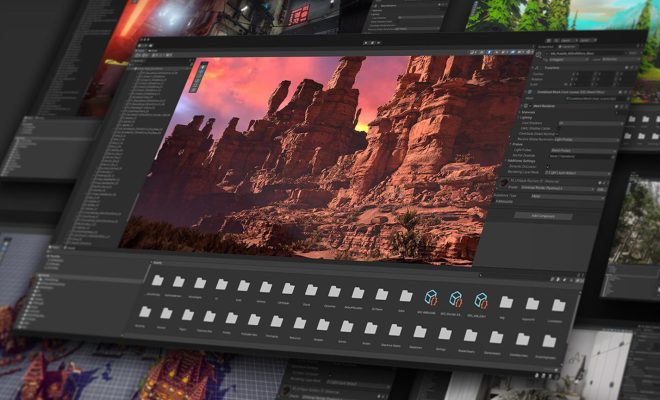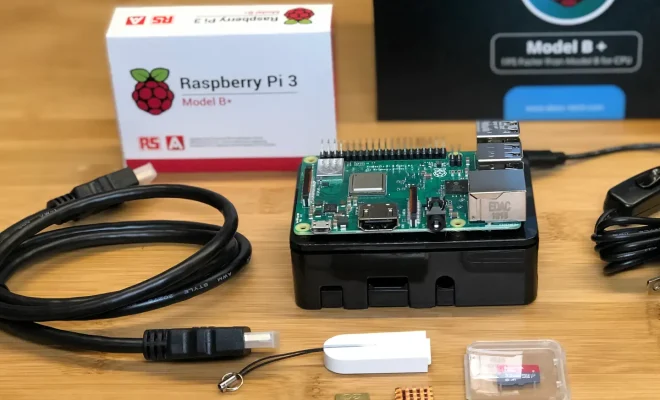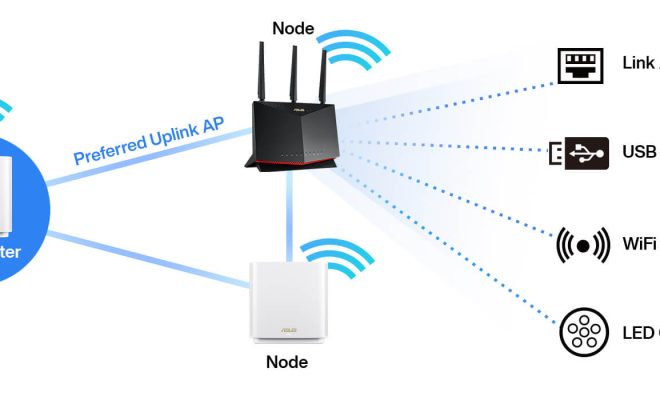Player Movement in Unity Explained: Rigidbody and Collider

Player movement is one of the most essential features in any game. Whether it’s jumping over obstacles or running through a maze, the player’s motion is critical to gameplay. Unity offers two components that allow players to move around: the Rigidbody and the Collider. In this article, we will dive deep into these features, explaining how they work and how they interact with each other, to create a smooth and realistic player movement.
Rigidbody
The Rigidbody is an essential component in Unity that allows objects to have realistic motion. It simulates real-world physics, providing the player with the ability to interact with their environment in a natural way. When applied to a player object, the Rigidbody component enables it to respond to external forces like gravity, collisions, and manipulation.
To use a Rigidbody in Unity, you need to add it to the game object. You can do this by selecting the GameObject, going to the Inspector panel, and clicking the Add Component button. From the dropdown list, select Rigidbody. Once added, you can customize the Rigidbody’s properties and adjust its mass, drag, and gravity scale according to your game’s physics requirements.
The Rigidbody component relies on the laws of motion to move the player around. Acceleration or deceleration of the force applied to an object determines its velocity, direction, and momentum. Gravity and friction affect the Rigidbody, making the player move like they would in real life.
Collider
The Collider component is what allows the player to interact with the game world. It defines the shape and size of the player’s physical body, determining how the player’s Rigidbody interacts with other objects. Without a collider, players would pass through walls, obstacles, and other elements, making the game unplayable.
There are various types of Collider components that you can use, depending on the shape of the object you want to create. The most commonly used Collider types are Box Collider, Sphere Collider, and Capsule Collider. To add a Collider component to the player object, select it, go to the Inspector panel, and click the Add Component button. From the dropdown list, select the desired Collider type.
The Collider component is responsible for detecting collisions and generating triggers. When the player collides with an object, the Collider sends a message to the Rigidbody, telling it to stop moving, bounce back, or slide. This interaction is what makes the player’s movement in the game world feel realistic.
Interaction between Rigidbody and Collider
The Rigidbody and Collider components work together to create engaging and meaningful player movement in Unity. The Rigidbody’s physics simulation provides realistic motion, while the Collider’s shape defines the boundaries for the player’s interaction with the game world.
When the player moves around in the game, the Rigidbody’s velocity and direction change, affecting the Collider’s position and triggering detection. The Collider component detects collisions and transmits the message to the Rigidbody, prompting it to apply the appropriate force, depending on the object’s properties.






